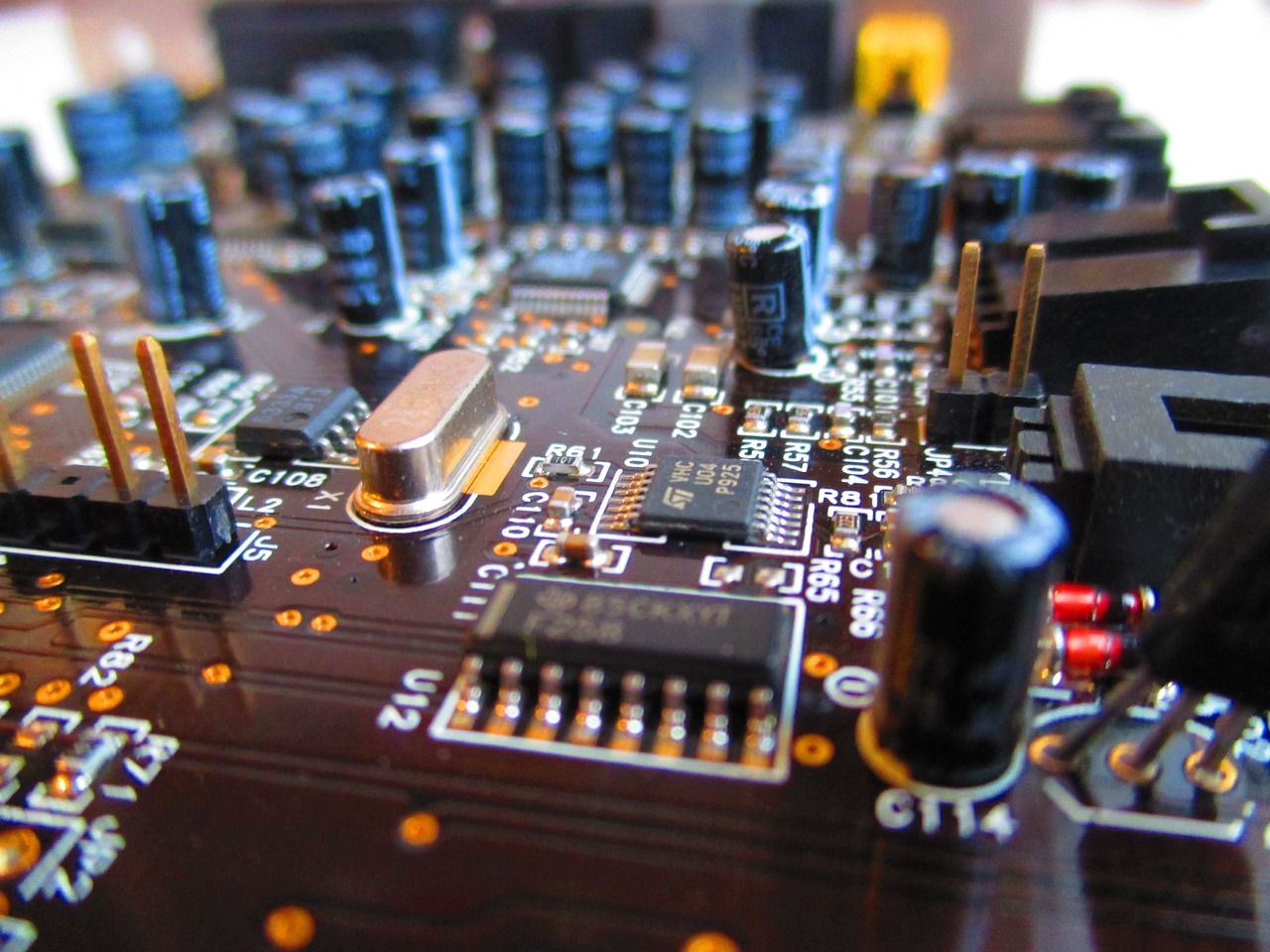The Future of Work: Adapting to Technological Advances
One of the primary challenges of automation in the workplace is the potential displacement of human workers. As machines become increasingly capable of performing tasks that were once exclusively done by humans, there is a growing concern that many jobs will become redundant, leading to unemployment for a significant portion of the workforce. This can result in financial instability and loss of livelihood for those affected, highlighting the need for organizations to address this issue proactively.
Moreover, the implementation of automation technologies can also lead to a skills gap among employees. As jobs evolve to incorporate more advanced technologies, there is a growing demand for workers with specialized technical skills. This shift can leave many existing employees struggling to keep up with the changing demands of their roles, potentially creating a divide between those who possess the necessary skills and those who do not. Organizations must invest in upskilling and reskilling programs to ensure their workforce remains relevant and equipped to adapt to the changing landscape of the workplace.
Emerging Trends in Remote Work
Remote work has transitioned from being a temporary solution to a permanent fixture in many industries. As organizations embrace the flexibility and cost-saving benefits of remote work, new trends are emerging to enhance productivity and foster connection among remote teams. One of the key trends is the implementation of virtual team-building activities to strengthen relationships and improve collaboration within decentralized workforces.
Another significant trend in remote work is the rise of co-working spaces specifically designed for remote workers. These spaces provide a sense of community and structure for individuals who may struggle with the isolation of working from home. By offering amenities such as high-speed internet, comfortable workstations, and networking opportunities, co-working spaces cater to the evolving needs of remote employees seeking a balance between autonomy and social interaction.
The Impact of Artificial Intelligence on Employment
Artificial Intelligence (AI) is revolutionizing various industries, leading to concerns about the future of employment. As AI becomes more advanced, tasks that were once performed by humans are now being automated, raising questions about the impact on job availability. Many fear that AI will replace a significant number of positions, potentially leading to widespread unemployment and economic instability.
However, it is essential to consider the potential benefits that AI can bring to the job market. While certain roles may become obsolete, AI also creates opportunities for the development of new jobs and industries. By focusing on upskilling and reskilling the workforce to adapt to the changing landscape, individuals can leverage AI to enhance their productivity and explore new career paths. The key lies in embracing AI as a tool to complement human abilities rather than a threat to traditional employment.
How is automation affecting employment in the workplace?
Automation is leading to job displacement in certain industries, as machines and AI are able to perform tasks more efficiently and accurately than humans.
What are some emerging trends in remote work?
Some emerging trends in remote work include the rise of telecommuting, flexible work schedules, and virtual collaboration tools that allow employees to work from anywhere.
How is artificial intelligence impacting employment opportunities?
Artificial intelligence is both creating new job opportunities in fields such as data science and machine learning, while also leading to job losses in more routine and repetitive tasks that can be automated.
What are some of the challenges that come with automation in the workplace?
Some challenges of automation in the workplace include concerns about job security, the need for retraining and upskilling employees, and potential ethical implications of relying too heavily on AI for decision-making.





